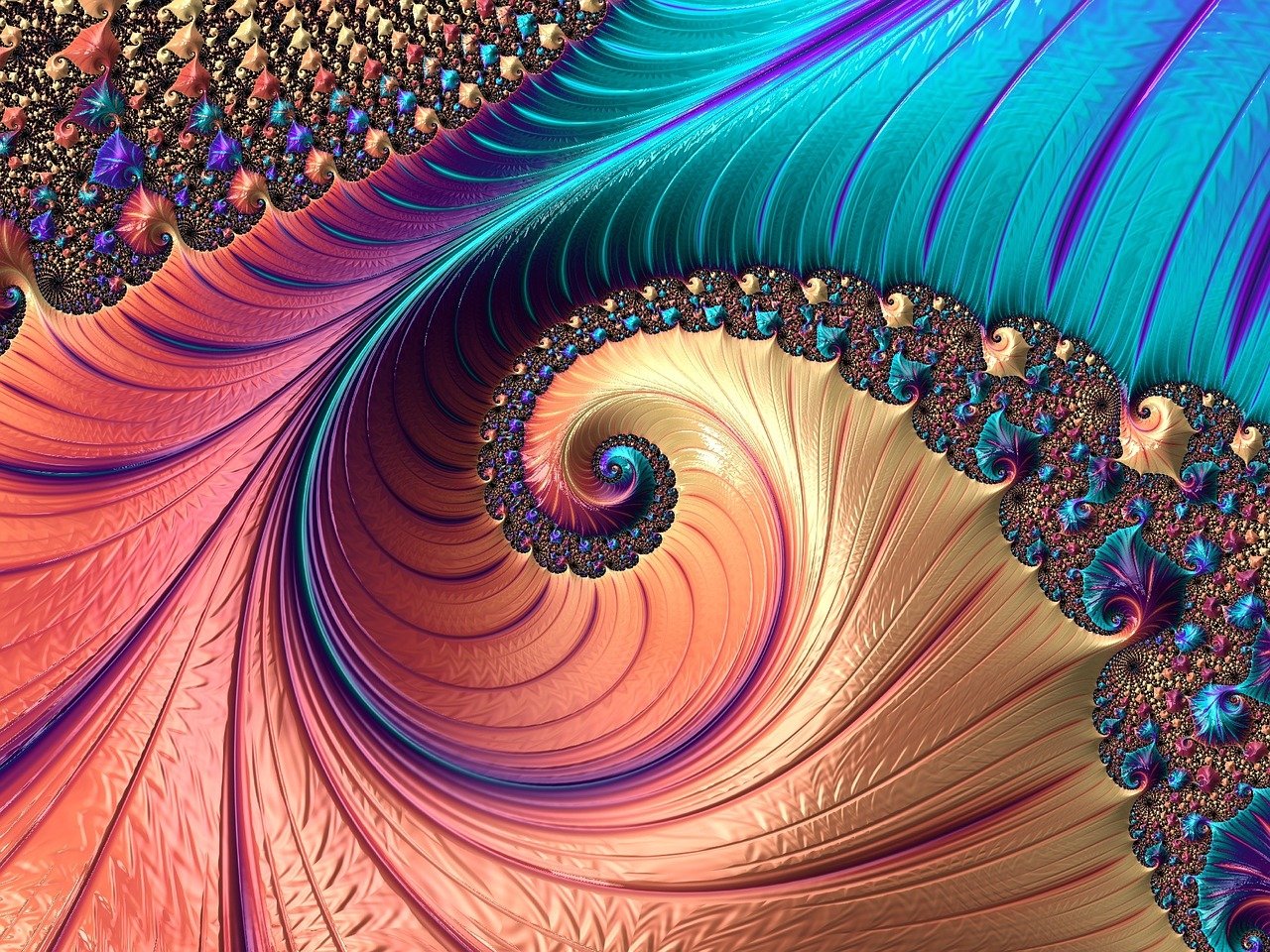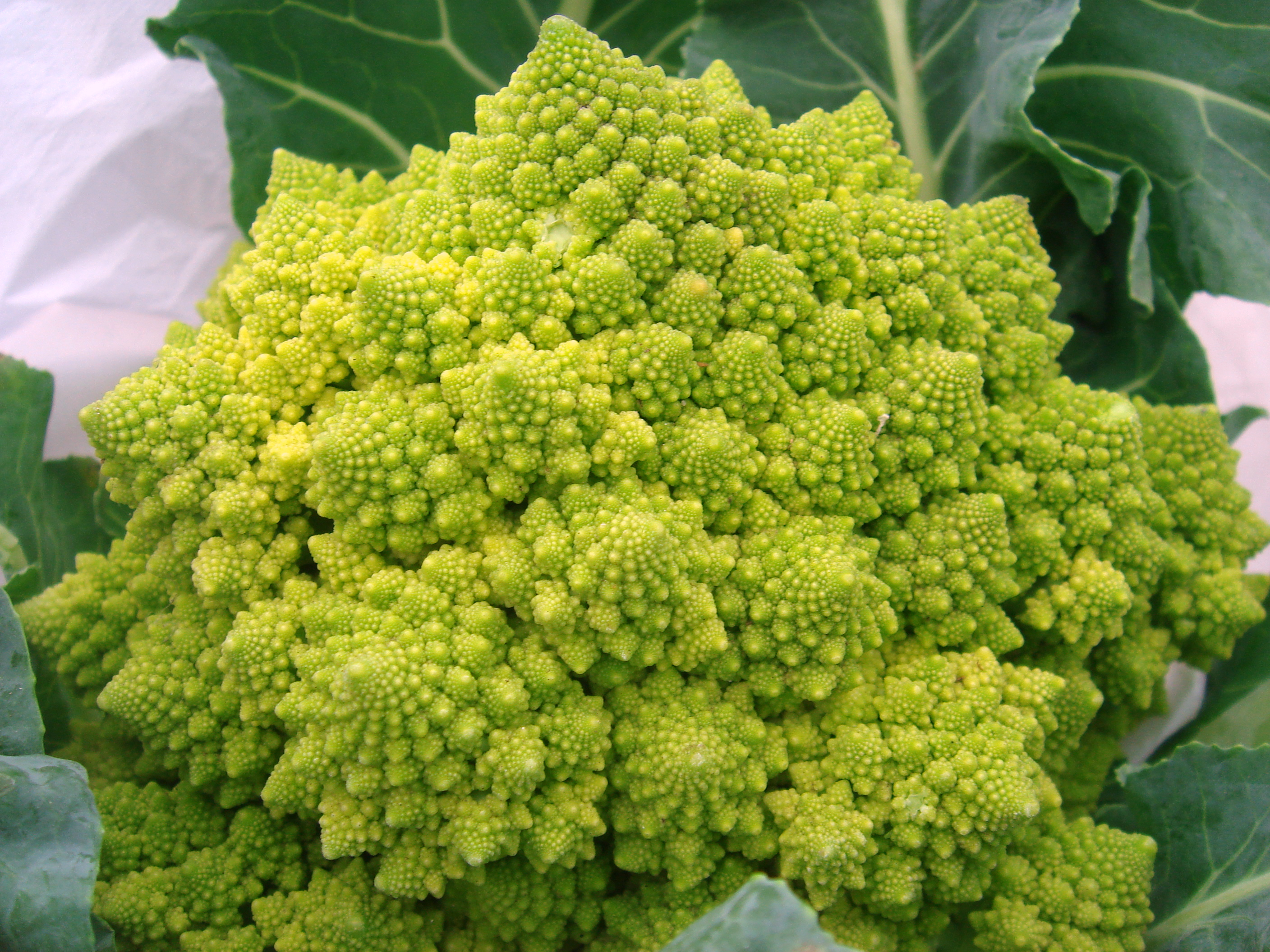Fractal
“We humans have gradually discovered many additional recurring shapes and patterns in nature, involving not only motion and gravity, but also areas as disparate as electricity, magnetism, light, heat, chemistry, radioactivity, and subatomic particles. These patterns are summarized by what we call our laws of physics. Just as the shape of an ellipse, all these laws can be described using mathematical equations.”
— Is the Universe Made of Math? by Max Tegmark (2014).
The universe runs on mathematical patterns. Benoit Mandlebrot coined the term “fractal” to describe these patterns repeating over and over, infinitely merging, composing, and evolving into larger, more complex structures. What properties do fractals have?
Fractals are generative, infinitely producing complex geometric structures from simple functions.

Fractals are modular, forming self-similar patterns that repeat at larger and smaller scales. Some are visible in plants, such as romanesco broccoli.

Fractals are rad and they exist everywhere, scaling from the tiniest quantum wave fluctuations to the densest black holes.

The same fractal patterns are repeated in similar energetic conflicts at vastly different scales. It’s more than just the visual shapes of things. Fractals are part of the mathematical and quantum framework that makes up our entire universe. This understanding instills a sense of [[ quantum confidence ]]. No matter how unpredictable life gets, I can trust in math. I don’t need to know the specific calculuations, if it’s even possible.
The similarity in patterns suggests a relationship between those used in smaller and much larger scales: quantum mechanics, cosmology, geology, biology, psychology, and even creative fiction. This is how what is around us physically can resonate with feelings internally. Stories rely on these similarities to find metaphors that convey their true meaning.
Humans express these patterns through a fractal language.